The electric vehicle (EV) boom in America has encountered significant obstacles as demand for EVs declines, leading to layoffs and the pausing of multi-billion-dollar projects in the lithium and nickel industries. These metals are crucial for the batteries that power EVs.
The shift has been abrupt, with companies like Ford and General Motors having to adjust their strategies rapidly due to changing market conditions. This development marks a stark contrast to previous expectations of job growth and industry expansion in small towns across the nation.
Job Cuts and Project Delays

The decline in interest for electric vehicles has forced companies involved in the production of lithium and nickel, essential components for EV batteries, to implement cost-cutting measures, The Daily Mail reports.
These measures include mass layoffs and the suspension of operations, a significant shift from the industry’s rapid growth in 2022. The surge in EV demand that year, which saw a 76 percent increase in April, had dwindled by the end of 2023, with sales dropping to just 50 percent of previous levels, according to the Wall Street Journal.
Consumer Hesitation Affects Sales

The Daily Mail reports that the hesitation among car buyers to switch from traditional gasoline vehicles to electric ones has been influenced by the high costs associated with EVs and concerns over the availability of charging infrastructure.
This reluctance has contributed to the slowing demand for EVs, significantly impacting the industry. As a result, the price of lithium, a key material for EV batteries, has dramatically fallen.
Major Automakers React to Market Shifts

In response to the changing market dynamics, Ford announced a reduction of 1,400 jobs at its lithium factory in Michigan, while General Motors laid off nearly 1,000 workers at its Detroit plant.
Both companies have expressed intentions to re-hire employees in the future, highlighting the industry’s current state of flux. “I think what you’re seeing is the slope changing in how fast people are willing to purchase EVs right now because they’re expensive and there is concern about charging infrastructure,” Alan Amici, CEO of the Center for Automotive Research, told NBC News.
Strategies to Stimulate EV Sales

The Daily Mail notes that in order to address the slower sales of electric vehicles compared to traditional gas-powered ones, automakers have been offering incentives such as discounts and lower interest-rate deals. These efforts aim to make EVs more appealing to potential buyers and align production with actual demand.
Companies like General Motors and Ford are cautiously approaching the expansion of their EV and battery production facilities, despite making commitments to increase production capacity in the coming years.
Projections and Promises Amidst Uncertainty
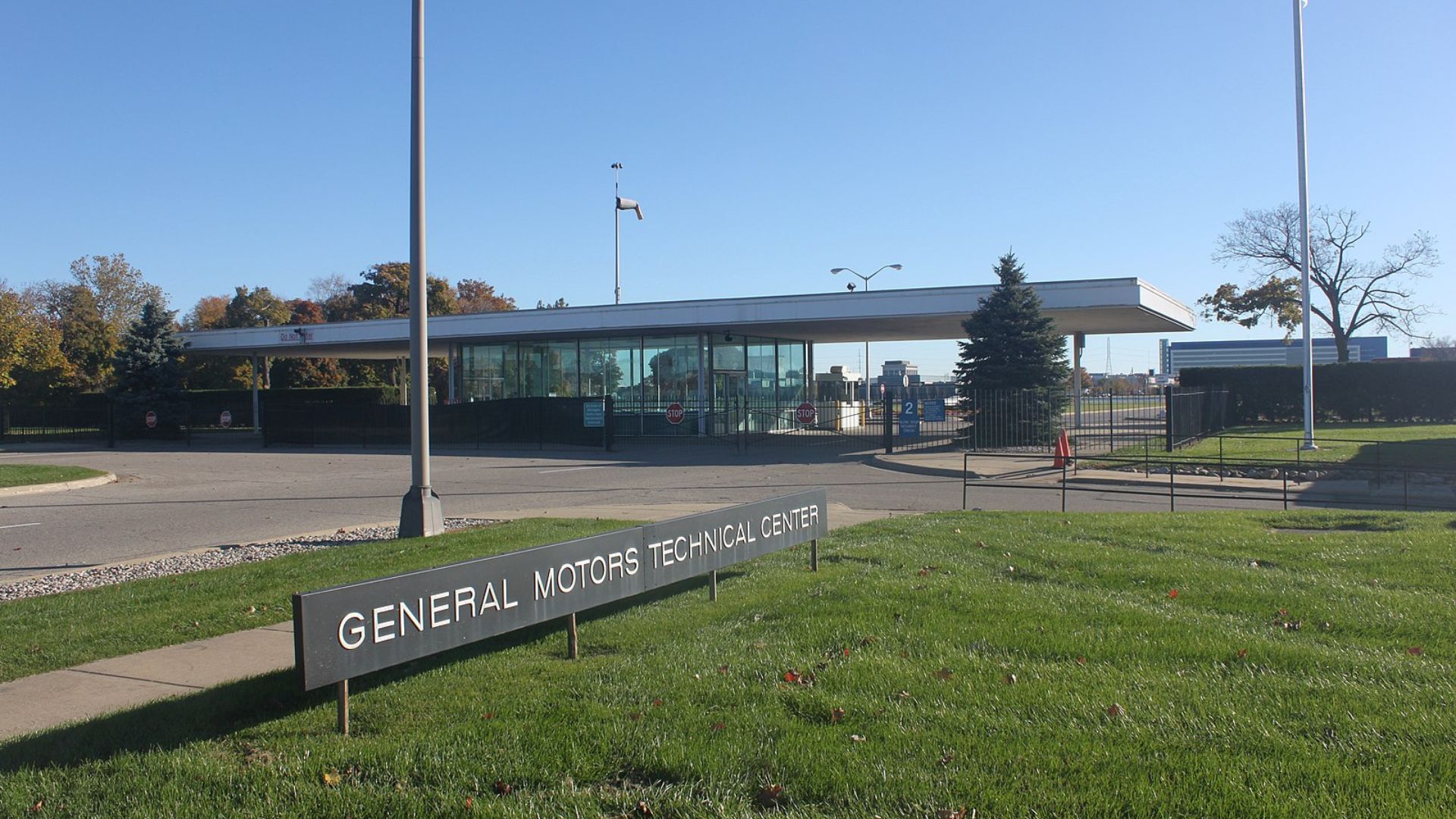
Despite the challenges, there is a cautious optimism within the industry.
Mary Barra, the chairman and CEO of General Motors, said in an earnings call, “It’s true, the pace of EV growth has slowed, which has created some uncertainty. We will build to demand, and we are encouraged that many third-party forecasts have U.S. EV deliveries rising from about seven percent of the industry in 2023 to at least 10 percent in 2024, which would mean another year of record EV sales.”
Hybrid Vehicles Gain Popularity Over EVs
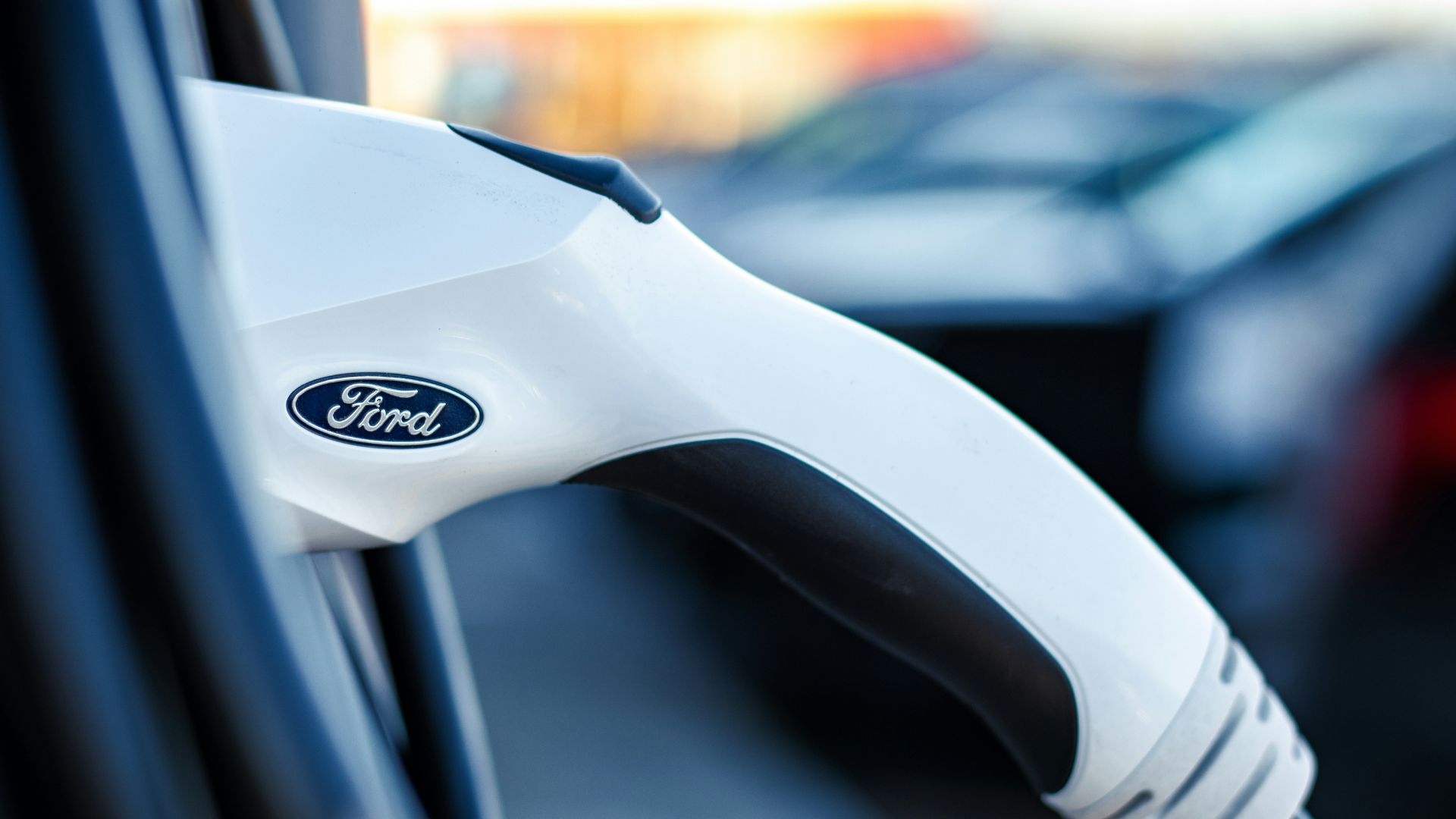
CNBC reveals that the preference for hybrid vehicles over fully electric ones has become more pronounced, with hybrids accounting for 8.3 percent of car sales in 2023, according to data from Edmunds, compared to EVs, which made up 6.9 percent.
This trend indicates a growing consumer interest in alternatives that offer a balance between traditional fuel and electric power, challenging the EV market’s growth trajectory.
Impact on Workers and Industry
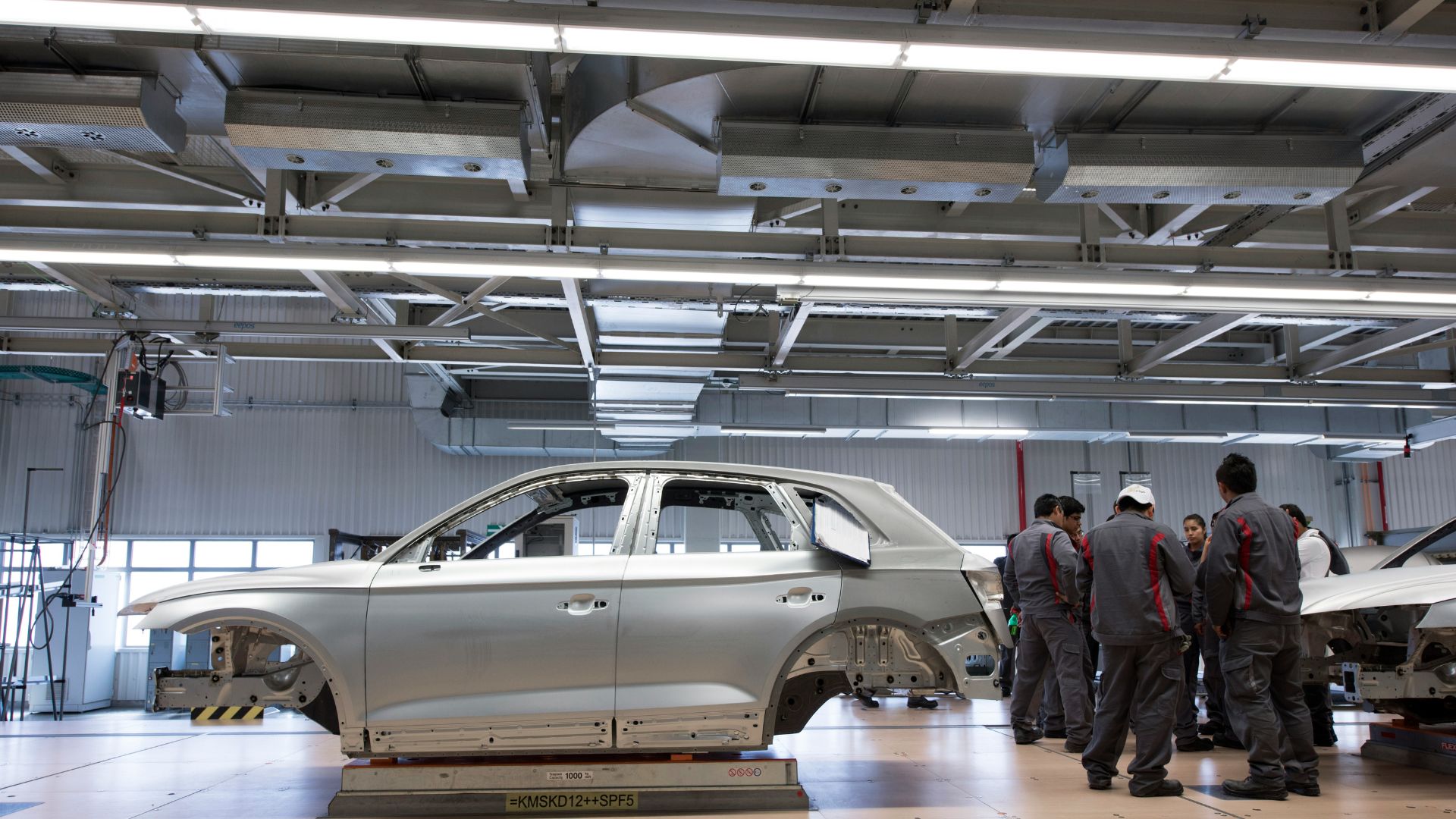
The slowdown in the EV market has had a direct impact on employment within the lithium and nickel production sectors, leading to job losses in what was considered a promising industry, NBC News explains.
Major lithium production companies in the U.S., such as Albemarle, have had to pause construction on new plants and lay off a portion of their workforce, reflecting the broader challenges faced by the industry.
Albemarle Hits Brakes on Lithium Production
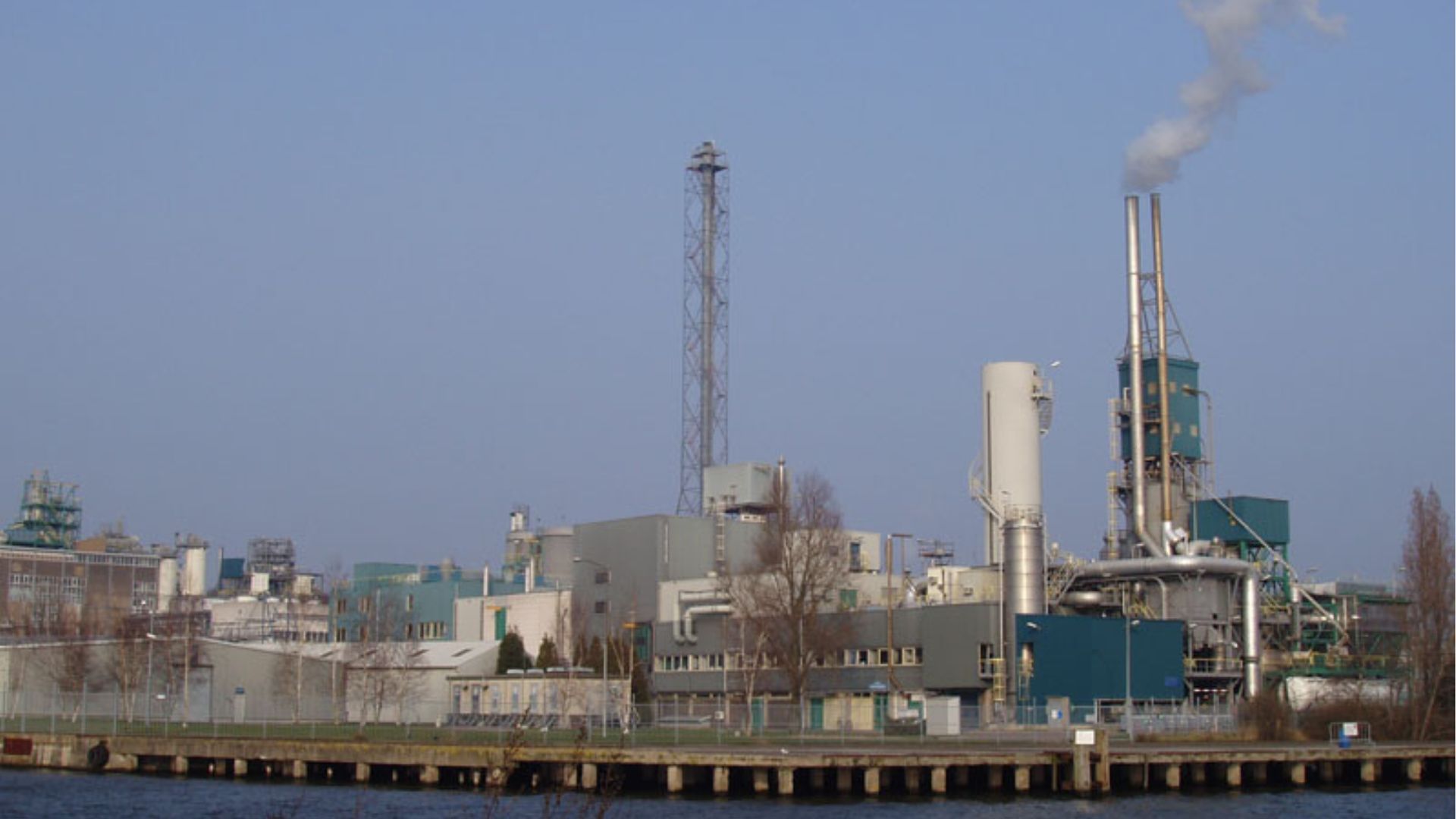
The Daily Mail reports that Albemarle has halted spending on its production plant and trimmed its workforce by 300 employees, which is 4% of its staff, in response to plummeting lithium prices.
Kent Masters, Albemarle’s CEO, pointed out the current economic infeasibility of these projects, attributing the pause to the adverse market conditions that have undercut the projected demand for EVs.
Piedmont Lithium’s Workforce Shuffle
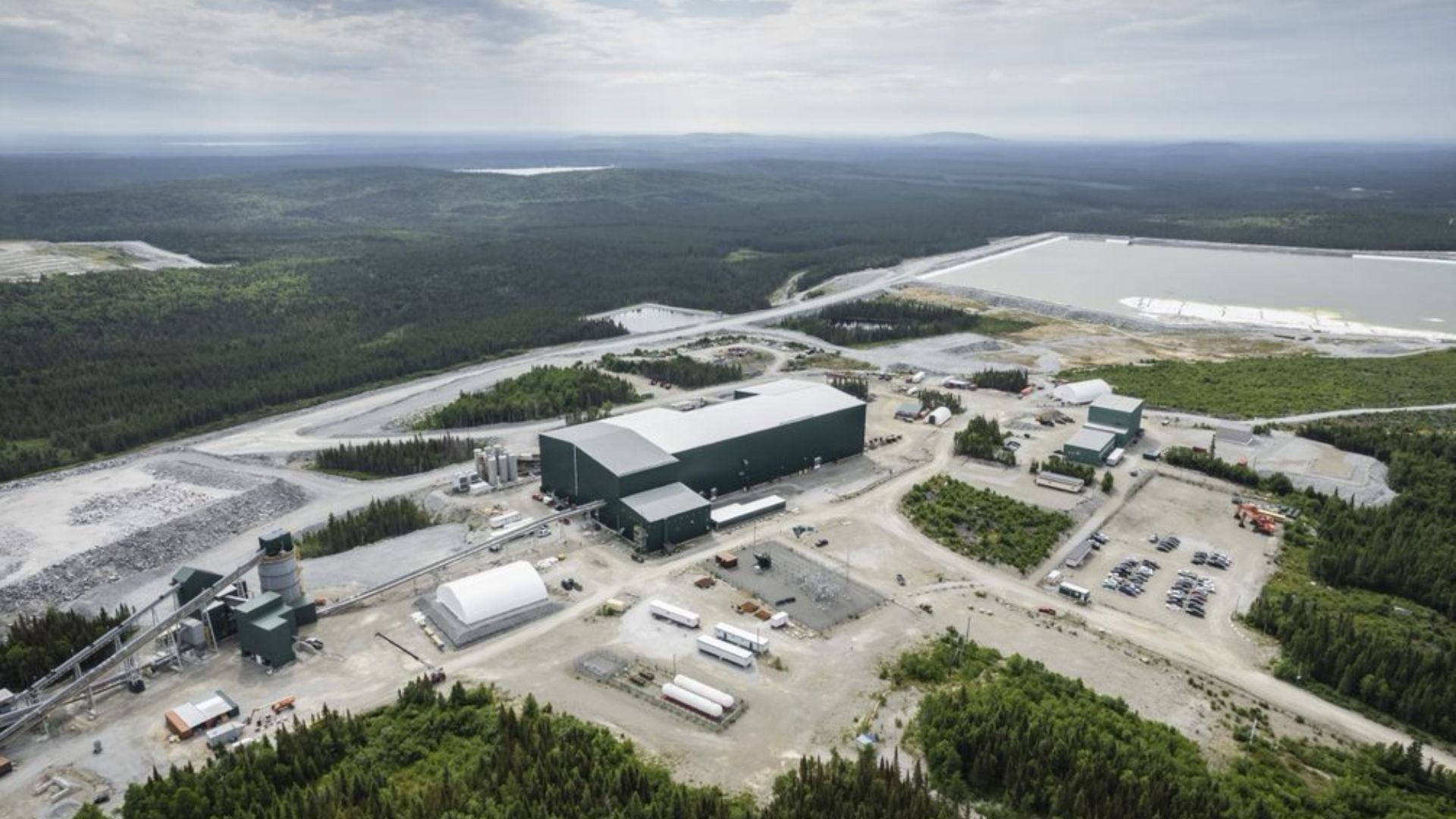
The Charlotte Observer reports that despite the downturn in the lithium market, Piedmont Lithium in Belmont, North Carolina, is taking a bold step by planning to hire over 400 new employees at an attractive average salary of $82,000. This move comes even as they announce a 27% reduction in their workforce, reflecting the volatile nature of the EV market.
Gabe Daoud, a senior analyst at TD Cowen, highlighted the mismatch between the initial optimistic projections by giants like GM and Ford and the reality of the EV adoption rate, illustrating the challenge of a rapid transition to electric vehicles across the board.
Adjusting Expectations for EV Adoption
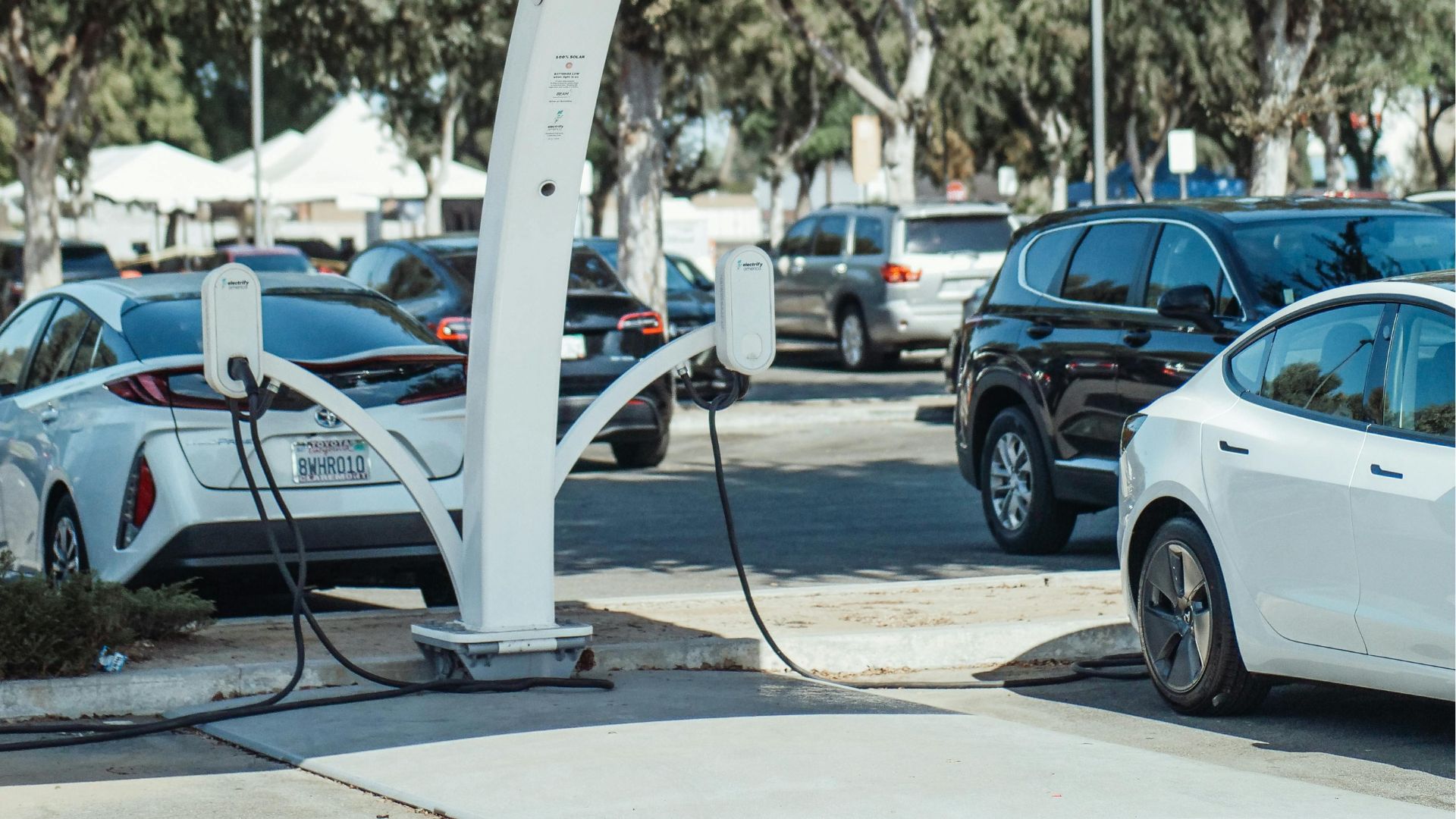
The ambitious targets set by automakers for EV adoption may have been overly optimistic, as the actual demand for electric vehicles has not met these expectations.
According to NBC News, this reality check has prompted companies to recalibrate their strategies, balancing their investment in EV technology with the current market demand. It’s a delicate dance between pursuing innovation and responding to the immediate needs of consumers.
Tesla is Struggling
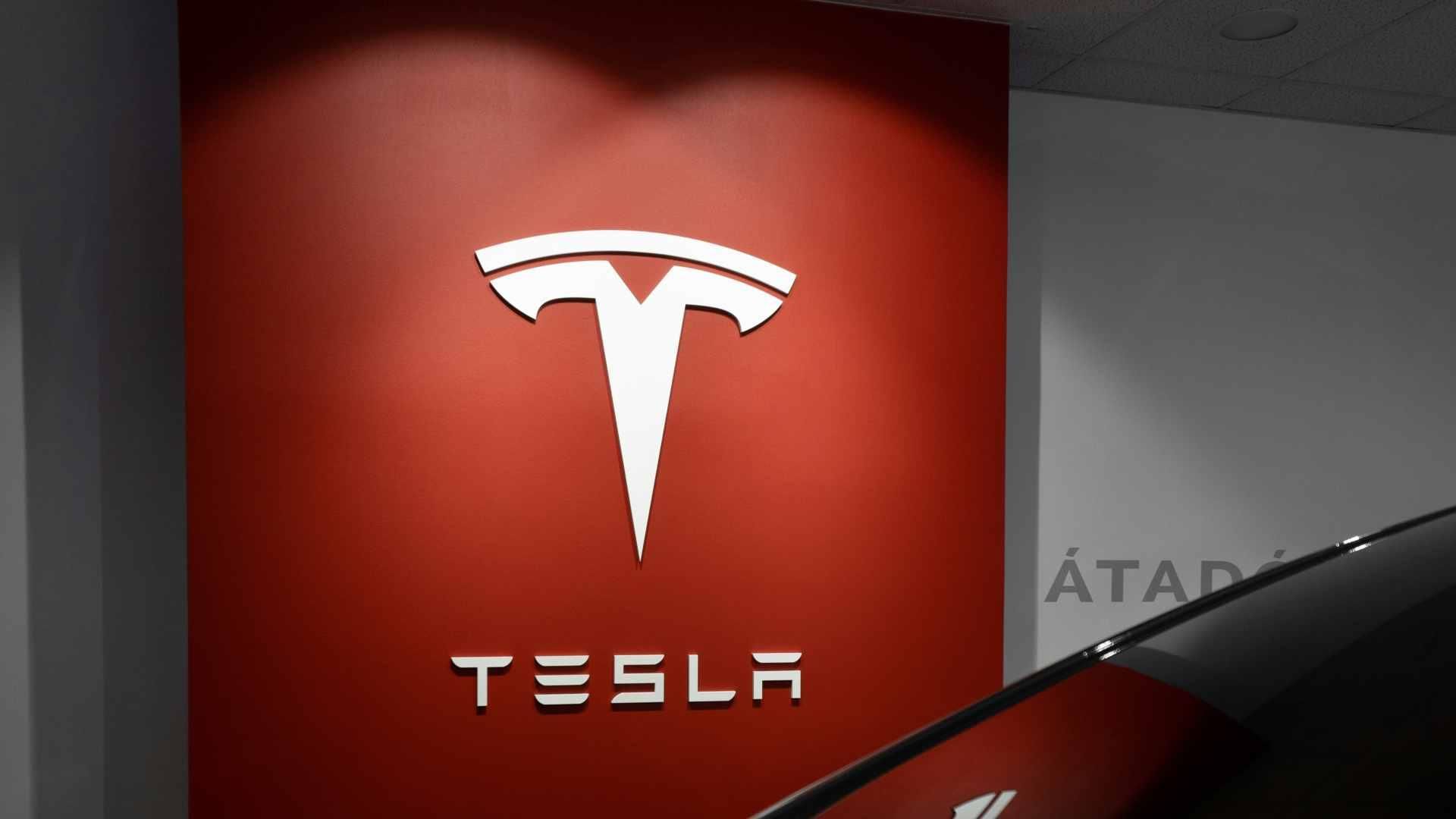
The massive EV company Tesla was once a darling of investors for its innovative and disruptive business model. However, in recent months the growth of the company has slowed immensely.
The New York Times recently reported that Tesla’s stock has plummeted in 2024, losing nearly $130 billion from its market capitalization.
Why are Tesla Stocks Down?

In a single afternoon at the end of January this year, Tesla stocks plunged more than 10% in price, according to ABC. This price drop followed a company earnings report that fell short of investor and shareholder expectations.
Tesla cited its price drops as a reason for its revenue shortfalls as they are facing increased competition in the North American and Global markets.
What About China?
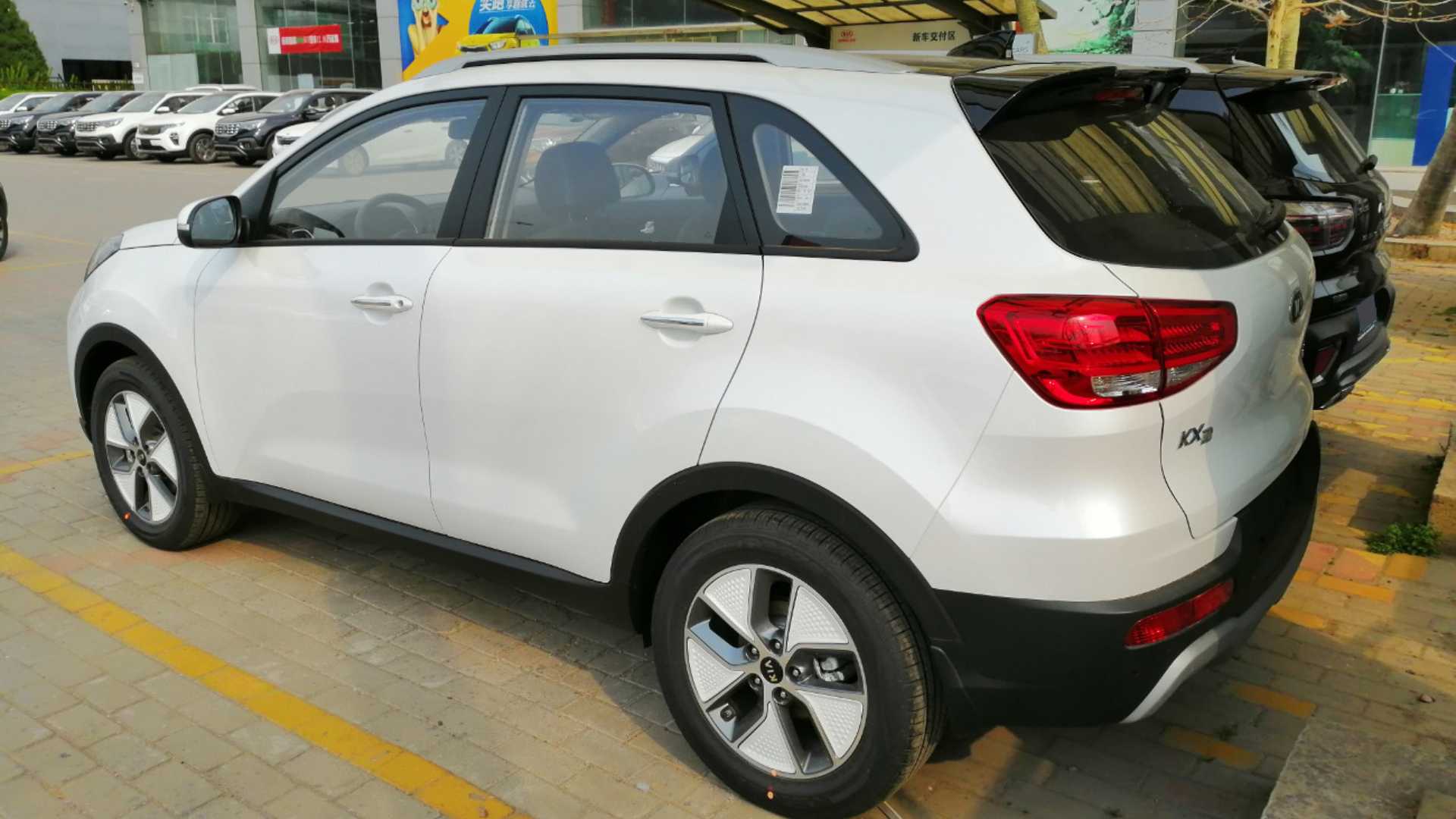
The electric vehicle market in China is looking brighter compared to the United States. In 2022, EV sales in China grew by 82% according to Harvard Business Review. China is seen as a global leader in electric vehicles, with the country supplying 35% of all electric vehicle exports.
According to Reuters, China is the world’s largest auto market, and EV sales have remained strong despite China reducing subsidies and the country’s own economic struggles.
China Cut Subsidies Yet Demand is Still High

Market Research firm Rho Motion found China’s EV demand numbers notable because they are still high despite the government ending subsidies for EV purchases in 2022.
“What’s notable about October’s figures is that EV demand in China continues to reach record highs even though the subsidies were cut … 2023 is set to be another banner year for China in terms of EV sales,” Rho Motion said. (via Reuters)
Does the United States Have EV Subsidies?
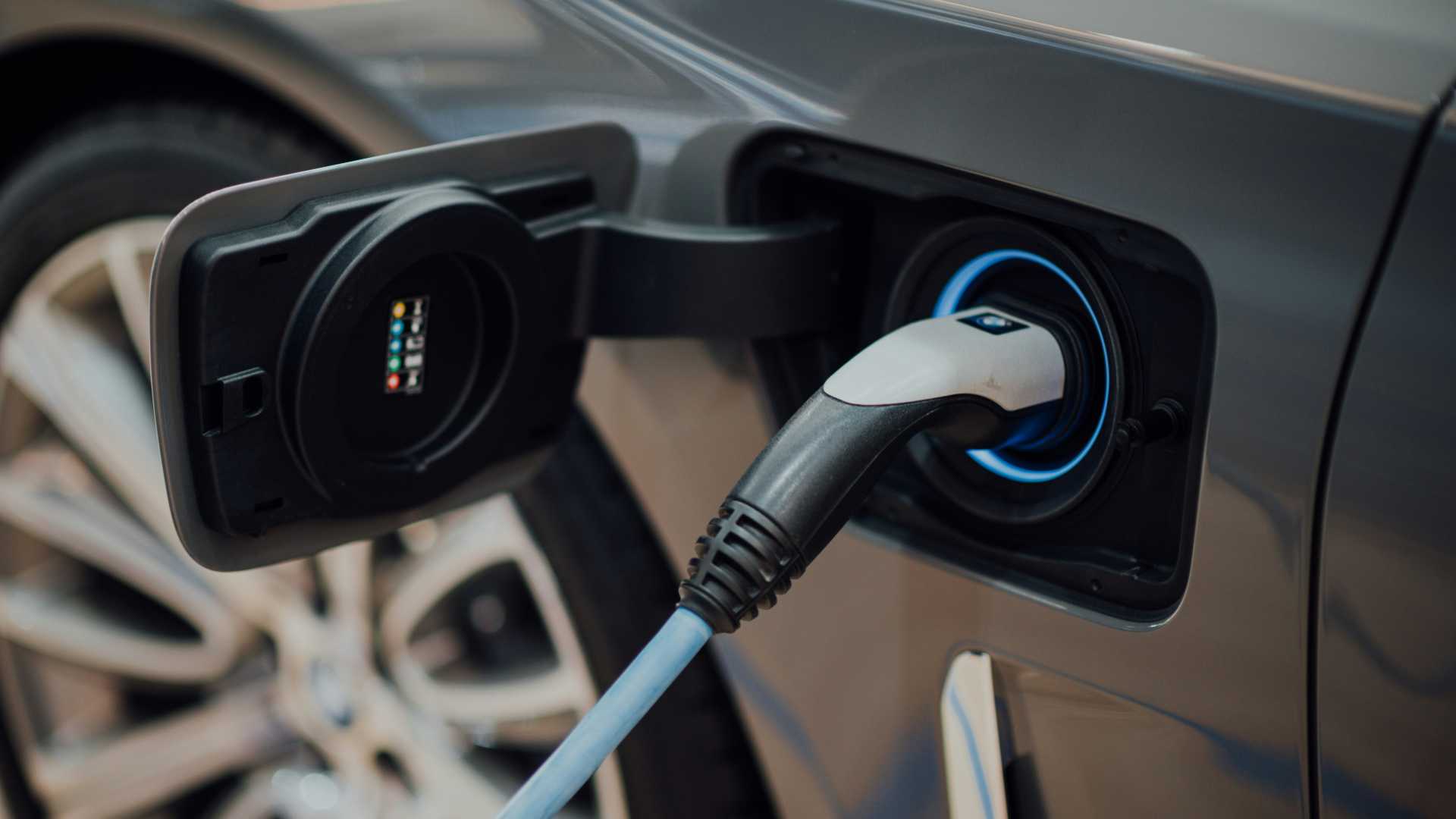
According to the Department of Energy, there are tax credits offered in some cases for the purchase of all-electric or plug-in hybrid vehicles.
Some states offer purchasing incentives and there is a federal tax credit that pays offers between $3,700 and $7,500 for people who purchase a new EV. Some states also also offer grant programs, replacement rebates, and EV development funding.
What Can the United States Learn from China?

While some EV advocates think that more subsidies and incentives to purchase electric vehicles are the ticket to higher demand, the China EV market proves that high demand for EVs can exist even without strong incentives.
Chinese electric cars are 40 to 50% cheaper than the ones sold in Europe and the United States, according to CNN. The US should focus on making vehicles more affordable by default, instead of trying to fix the affordability problem with complicated tax incentives and subsidies.
The Environmental Impact of EVs

Another reason that EVs are so popular in China and why lawmakers in the United States are pushing for them is their positive impact on the environment.
Chinese citizens have experienced air quality issues first-hand, giving them a higher incentive to directly address the problem. The United States on the other hand has dragged its feet on implementing EVs on a large scale.
EVs Are Needed for a Better Future

According to the organization Earth Justice, electric vehicles are superior for fixing the climate compared to gas vehicles, and it’s not even close.
Over the lifetime of an EV, it will be responsible for nearly half the greenhouse gas emissions that a gas or diesel-powered vehicle will be. EVs emit less than a third of the amount of emissions per mile compared to gas vehicles, per The Washington Post.
The Road Ahead for EVs
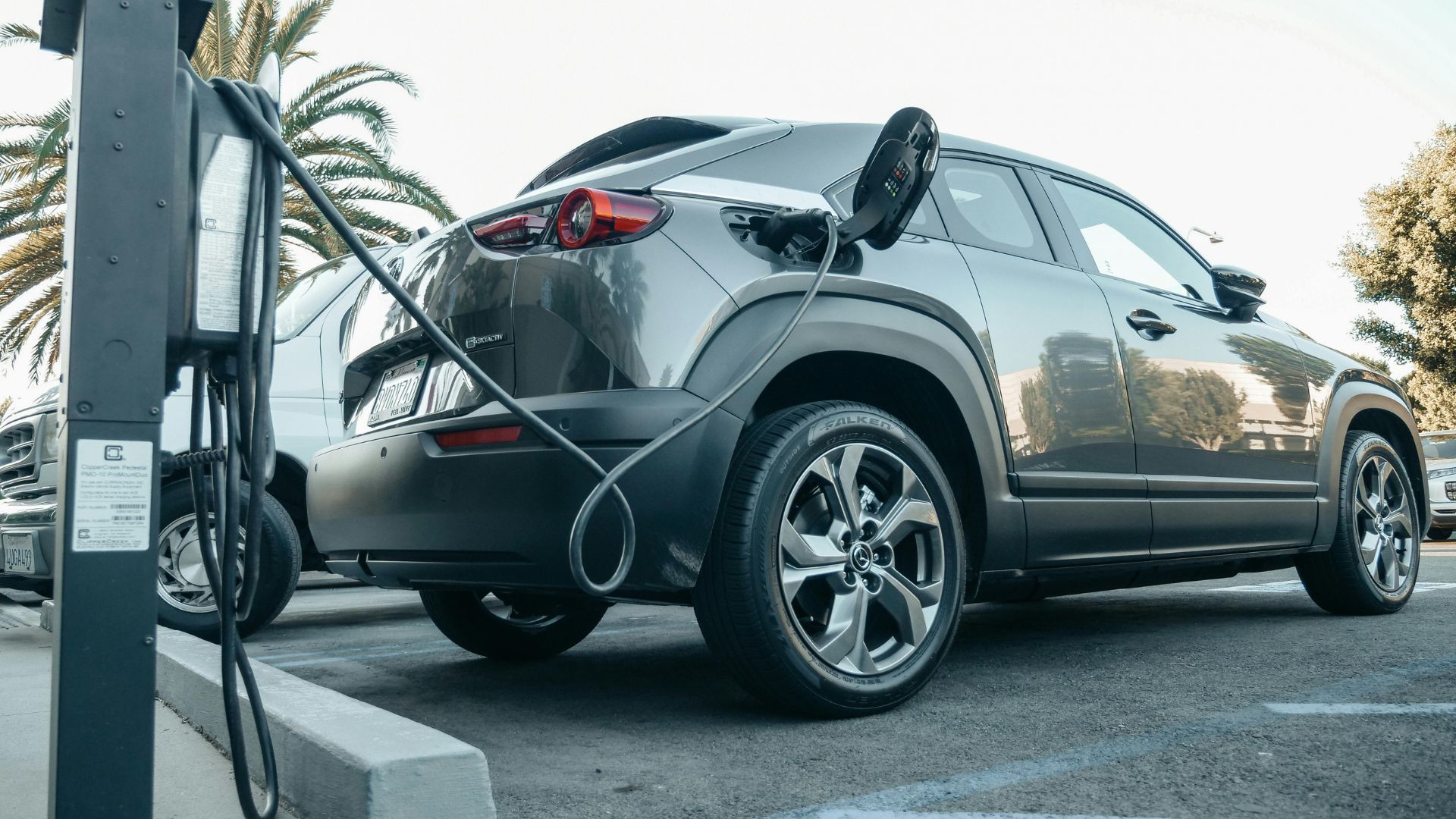
As the EV market navigates these challenges, the industry remains at a crossroads. The initial enthusiasm for a rapid transition to electric vehicles has been tempered by market realities, including consumer preferences and economic factors.
Automakers are now tasked with aligning their production plans with the evolving landscape, requiring a flexible approach to both electric and traditional vehicle manufacturing.
